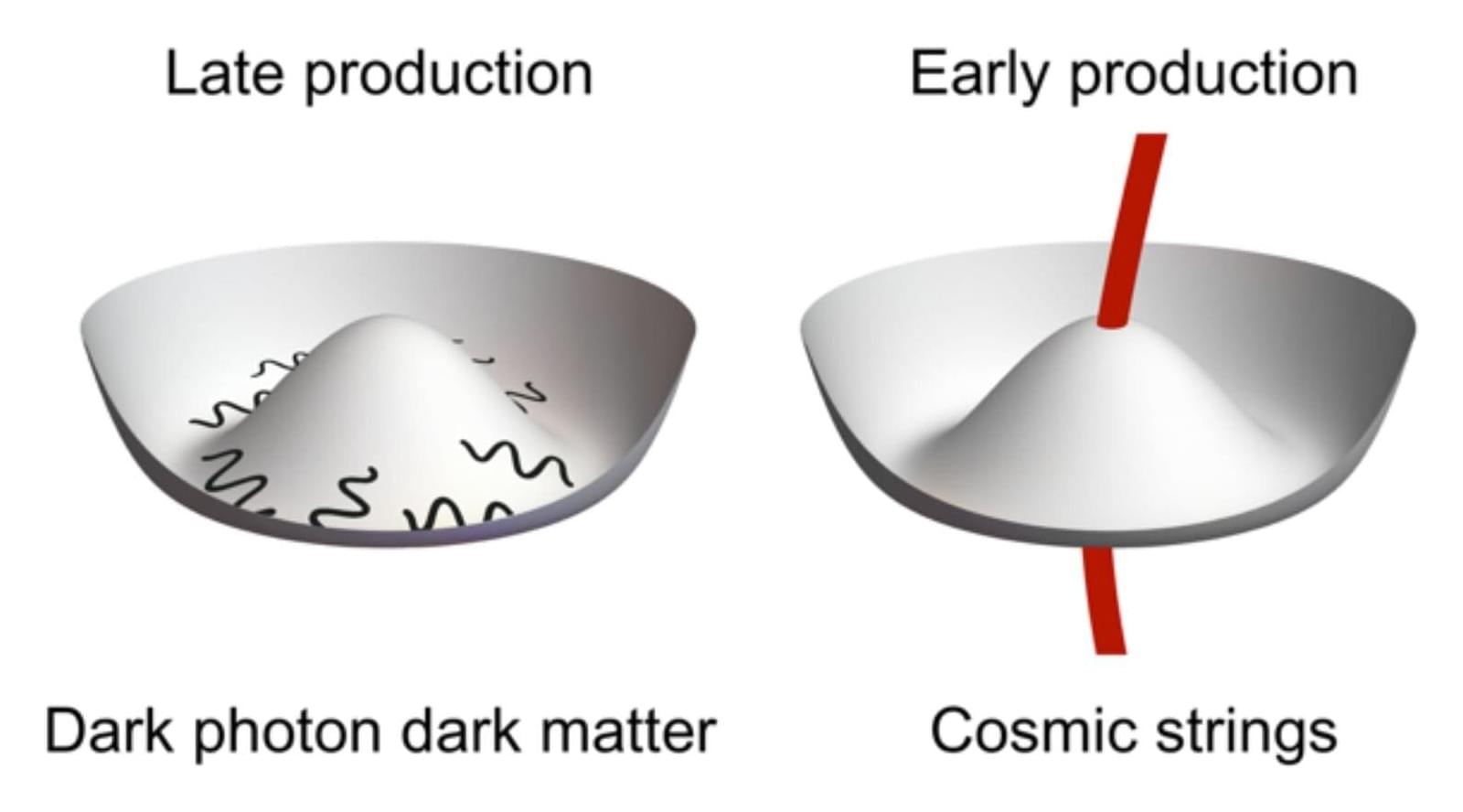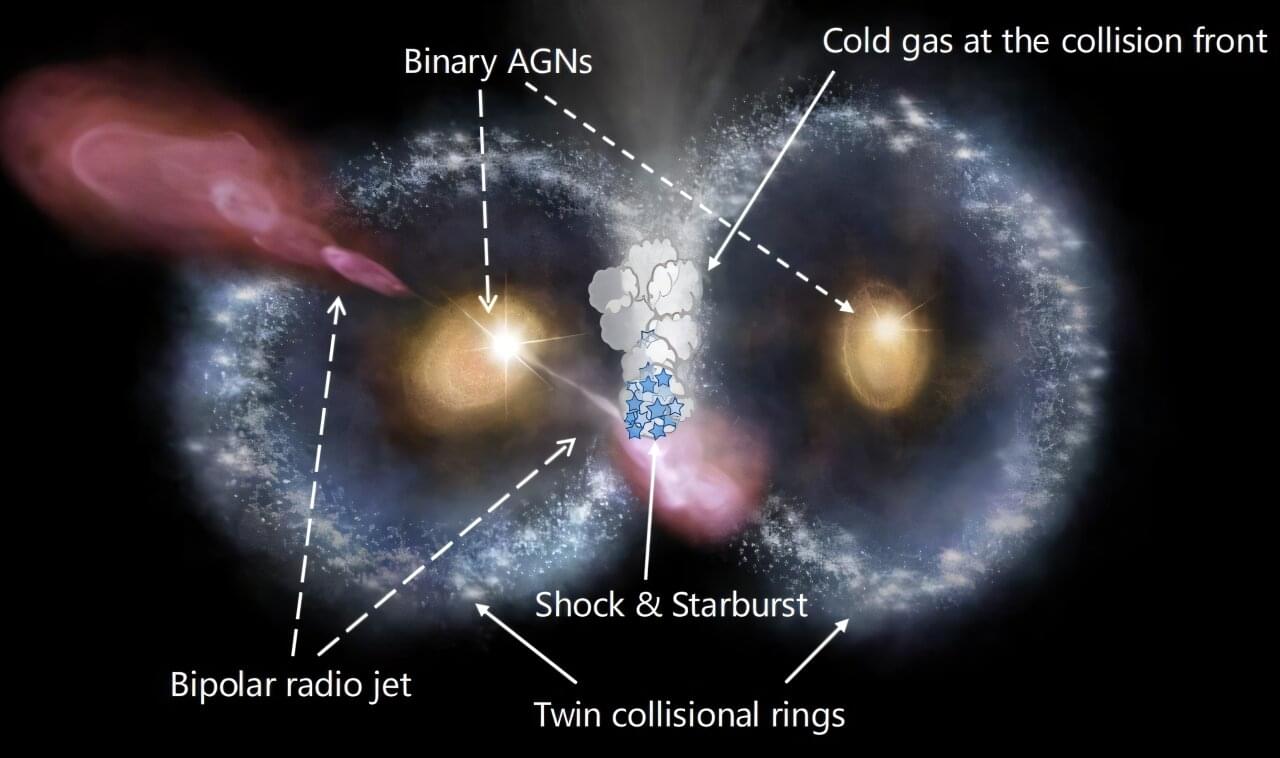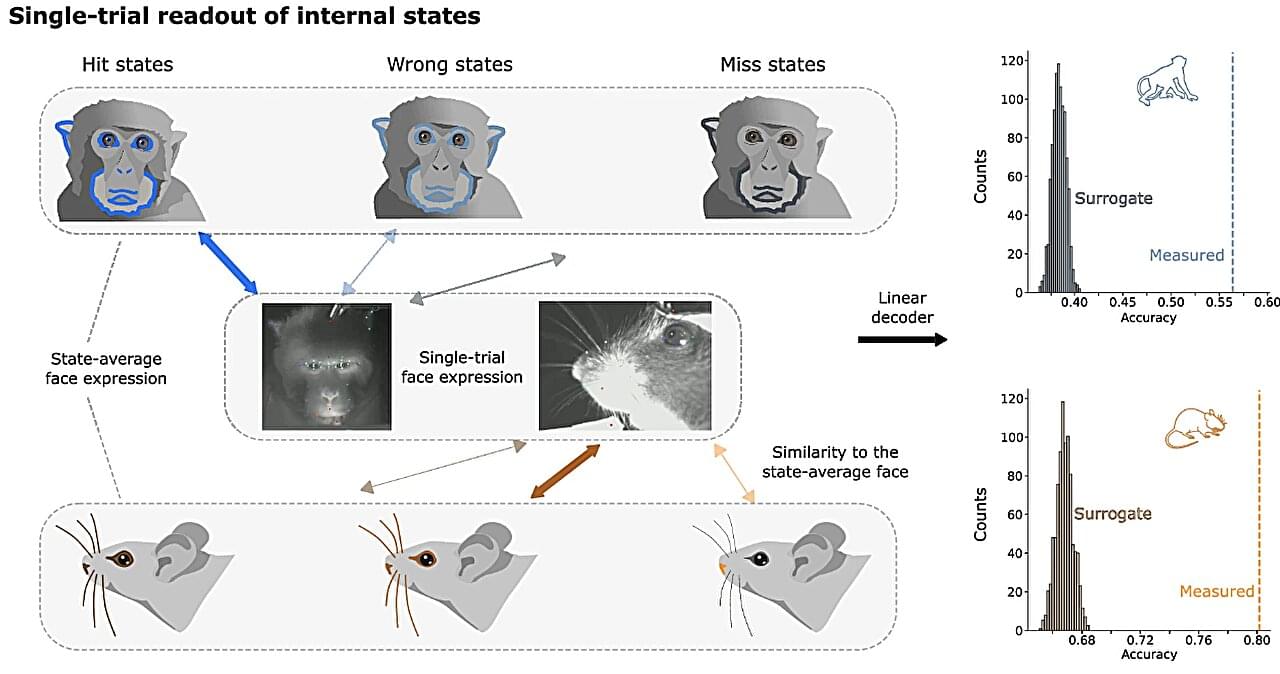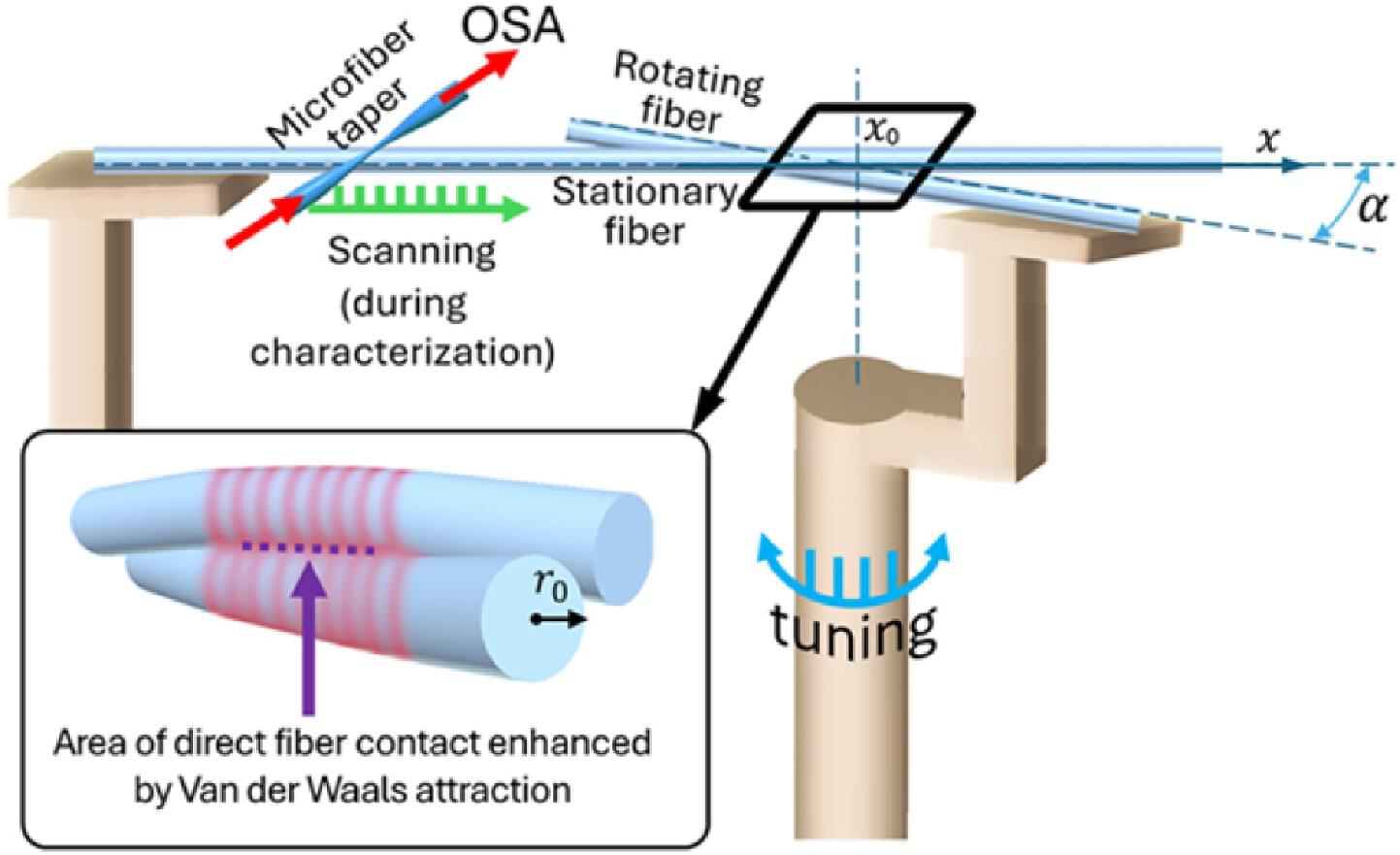The goal is to understand and control the formation of alumina-supported iron nanoparticles using a high-tech microscope and machine learning.
Get the latest international news and world events from around the world.

Escaping cosmic strings: How dark photons could finally work as dark matter
Researchers, in a recent Physical Review Letters paper, introduce a new mechanism that may finally allow ultralight dark photons to be considered serious candidates for dark matter, with promising implications for detection efforts.
Around 85% of all matter is believed to be dark matter, yet this elusive substance continues to puzzle scientists because it cannot be observed directly.
One of the candidates for dark matter particles is dark photons. These hypothetical particles are similar to regular photons but have mass and interact only weakly with normal matter.

From spin glasses to quantum codes: Researchers develop optimal error correction algorithm
Scientists have developed an exact approach to a key quantum error correction problem once believed to be unsolvable, and have shown that what appeared to be hardware-related errors may in fact be due to suboptimal decoding.
The new algorithm, called PLANAR, achieved a 25% reduction in logical error rates when applied to Google Quantum AI’s experimental data. This discovery revealed that a quarter of what the tech giant attributed to an “error floor” was actually caused by their decoding method, rather than genuine hardware limitations.
Quantum computers are extraordinarily sensitive to errors, making quantum error correction essential for practical applications.

The Cosmic Owl: Astronomers discover a peculiar galaxy merger
An international team of astronomers reports the detection of a peculiar merger of two similar ring galaxies that morphologically resemble an owl’s face. The discovery of this galaxy merger, dubbed the “Cosmic Owl,” is presented in a research paper published June 11 on the arXiv preprint server.
Galaxy mergers play a crucial role in the evolution of galaxies. These events redistribute the gas around galaxies, impact the stellar kinematics, transform galaxy morphology, and eventually lead to effective stellar mass assembly.
Some galaxy mergers lead to the formation of collisional ring galaxies (CRGs), which are relatively rare as only a few hundred of them have been detected in the local universe. Rings in such galaxies are created when one galaxy passes directly through the disk of another in a nearly head-on collision, causing gas and stars to be shocked outward into a circular or near-circular pattern.

Vision-language model creates plans for automated inspection of environments
Recent advances in the field of robotics have enabled the automation of various real-world tasks, ranging from the manufacturing or packaging of goods in many industry settings to the precise execution of minimally invasive surgical procedures. Robots could also be helpful for inspecting infrastructure and environments that are hazardous or difficult for humans to access, such as tunnels, dams, pipelines, railways and power plants.
Despite their promise for the safe assessment of real-world environments, currently, most inspections are still carried out by human agents. In recent years, some computer scientists have been trying to develop computational models that can effectively plan the trajectories that robots should follow when inspecting specific environments and ensure that they execute actions that will allow them to complete desired missions.
Researchers at Purdue University and LightSpeed Studios recently introduced a new training-free computational technique for generating inspection plans based on written descriptions, which could guide the movements of robots as they inspect specific environments. Their proposed approach, outlined in a paper published on the arXiv preprint server, specifically relies on vision-language models (VLMs), which can process both images and written texts.

Two transparent worms shed light on evolution
Two species of worms have retained remarkably similar patterns in the way they switch their genes on and off despite having split from a common ancestor 20 million years ago, a new study finds.
The findings appear in the journal Science.
“It was just remarkable, with this evolutionary distance, that we should see such coherence in gene expression patterns,” said Dr. Robert Waterston, professor of genome sciences at the University of Washington School of Medicine in Seattle and a co-senior author of the paper. “I was surprised how well everything lined up.”

Eye-tracking exhibit helps map gaze behavior development across different life stages
Understanding how people visually browse their surroundings and direct their gaze in specific situations is a long-standing goal among psychology researchers. Past studies suggest that humans exhibit oculomotor biases, which are tendencies that guide the way they look at the world around them, for instance, preferentially directing their gaze around the center of what they are visually exposed to at a given time.
Researchers at Justus Liebig University Giessen in Germany recently carried out a study aimed at better understanding how these patterns in gazing behavior develop throughout the human lifespan. Their findings, published in Nature Human Behaviour, suggest that scene viewing tendencies gradually develop over childhood and adolescence, while older people tend to observe the world following similar viewing and gaze fixation strategies.
“One of the key questions our lab is interested in is how gaze behavior—that is, where and how we look at natural scenes—develops as we grow up,” Marcel Linka, first author of the paper, told Medical Xpress.

Attention, conviction, motivation—cognitive states can be read on the face
Whether you are solving a puzzle, navigating a shopping center or writing an email, how well you do will not only depend on the task at hand but also on your internal cognitive state. In a new study published in Nature Communications, researchers at the Ernst Strüngmann Institute in Frankfurt have now shown that such cognitive states can be identified from facial expressions—and can even be used to accurately predict how quickly and successfully a task will be solved.
What’s more, this works across species—more specifically, macaques and mice. In both species, facial expressions not only express emotional states, but also latent cognitive processes in a measurable way.

Ultralow loss optical microresonators pave way for miniaturized, tunable photonic systems
Aston University researchers have developed a new class of optical microresonators, miniature optical devices that strongly confine and enhance light in microscopic dimensions. They are essential components in a wide range of systems, including ultra-precise optical sensors and information processors.
The University researchers discovered that unique optical microresonators can be introduced at the intersection of two optical fibers. These devices have potential applications in communication, computing, sensing and more.
The new ultralow loss optical microresonators can be finely tuned by simply rotating two intersecting optical fibers. Unlike current monolithic microresonators, these devices have a widely tunable free spectral range (FSR) and allow for their precise control.

Adaptive MoS₂-based interface boosts ion sensing stability and accuracy
A research team led by Professor Huang Xingjiu at the Hefei Institutes of Physical Science of the Chinese Academy of Sciences has developed a highly stable adaptive integrated interface for ion sensing. The study was published as an inside front cover article in Advanced Materials.
All-solid-state ion-selective electrode serves as a fundamental component in the ion sensing of intelligent biological and chemical sensors. While the researchers had previously developed several transducer materials with a sandwich-type interface to detect common ions, the performance of such sensors was often limited by interface material and structure.
To overcome these challenges, the team introduced a novel interface using lipophilic molybdenum disulfide (MoS₂) regulated by cetyltrimethylammonium (CTA⁺). This structure enables spatiotemporal adaptive integration—assembling single-piece sensing layers atop efficient transduction layers.